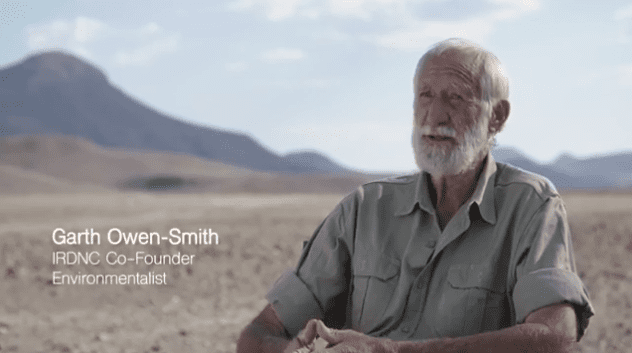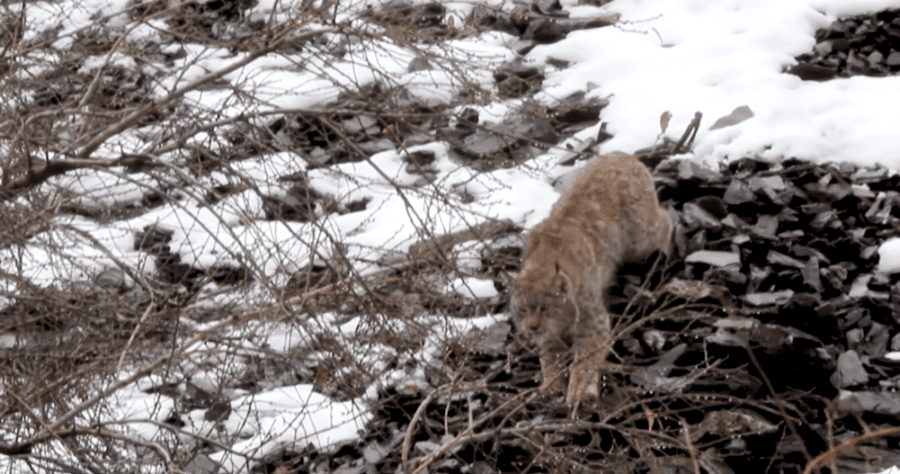The Hunt Fish 30 by 30 coalition’s priorities were directly acknowledged in the Biden Administration’s report Conserving and Restoring America the Beautiful—but continued dialogue with, and active engagement by the sporting community is essential.
Conservation, indeed, is on the frontlines. As topics like biodiversity conservation and climate change continue to become more mainstream, there is more energy than ever being devoted to conversations about conservation efforts throughout the United States and around the world. Given these global trends, it was inevitable that conversations about how we manage our natural resources would become a top priority among many of our policymakers. Recognizing this and its inherent relationship with our outdoor passions as sportsmen and women, many in the sporting conservation community are using these opportunities to highlight our role in the conservation of our nation’s resources because as the saying goes, ‘You’re either at the table, or you’re on the menu.’
As you might have read in the previous edition of Conservation Frontline’s E-magazine, one particular initiative that members of the sporting conservation community have been following closely is the 30 by 30 Initiative (30 by 30)—a global campaign aiming to protect 30% of our planet’s lands and waters by the year 2030. In January, President Biden issued an Executive Order where he outlined a goal of placing 30% of America’s lands and waters under protection by the year 2030. While this is an ambitious goal, the ambiguous nature of the Executive Order left many with more questions, and concerns than it did answers. Seeing how some state-based 30 by 30 efforts failed to focus on conservation and left out the role of sportsmen and women, it was clear that our community needed to raise their voice to ensure that future actions designed to support the 30 by 30 Initiative were developed with a focus on recognizing and strengthening exiting conservation efforts in the U.S. while highlighting the ability of the sporting conservation community to be a part of the solution.
The obvious first step is recognizing what has already been done to benefit biodiversity conservation. Fortunately, there are countless examples highlighting how the sporting conservation community in America has already stepped up to the plate. As the original conservationists, hunters and anglers—arguably more than any other stakeholder group—understand the importance of our contributions to conservation. So, what has our community done to steward conservation in the 30 by 30 Initiative so far?
As mentioned in my previous article, the Congressional Sportsmen’s Foundation (CSF) led the effort to establish the Hunt Fish 30 by 30 Coalition in October 2020 to amplify the voices of sportsmen and women and to highlight the importance of engaging America’s original conservationists in conversations about biodiversity. The Hunt Fish 30 by 30 website is also used by policy makers as a resource to understand how we view 30 by 30. The Coalition has grown to include 60 sporting conservation organizations. In addition to the efforts of the Coalition, CSF and several partners continue to proactively engage the Biden Administration, Congress, and state legislators in an effort to steer 30 by 30 policies in a direction that elevates conservation–the wise and sustainable use of natural resources–over preservation.
This united front encouraging hunters and anglers to get involved in conversations about 30 by30 has been largely successful at steering this initiative in the right direction. The culmination of this success was first realized when many of the Hunt Fish 30 by 30 coalition’s priorities were directly acknowledged in the Biden Administration’s “Conserving and Restoring America the Beautiful,” a report issued in May that included the Administration’s 30 by 30 recommendations following President Biden’s Executive Order in January.
The report, completed jointly by the Secretaries of the Interior, Agriculture, Commerce, and the Chair of the Council on Environmental Quality was largely praised by members of the sporting conservation community who appreciated the inclusion of our priorities in this initial report. In addition to the inclusion of many of our priorities, and as a result of our direct engagement with the Administration, the report directly quoted the preamble of the Hunt Fish 30 by 30 Coalition’s Community Statement in the beginning pages of the report, an indication that the needs of sportsmen and women are being recognized and considered in developing approaches to pursue 30 by 30 goals.
Throughout the report, the Administration references the role of the hunting and angling community in the United States’ history of conservation successes, and repeatedly calls for stakeholder engagement, including directly from the hunting and fishing community and key conservation professionals. This includes input from state fish and wildlife management agencies who more than any other entity, possess the professional knowledge and experience needed to design effective and enduring conservation programs. These agencies have been working to reverse declining biodiversity trends for years and have developed roadmaps to biodiversity conservation in the form of State Wildlife Action Plans (SWAPs). These SWAPs, which contain conservation plans for plants and animals identified as Species of Greatest Conservation Need, highlight the importance of engaging state agency officials at all stages in the development of a plan to enact a successful 30 by 30 Initiative in the U.S.
The report also highlighted the Administration’s intent to respect private property rights, a major concern shared by many who worry that the Initiative is a veiled “land grab.” While conservation efforts on state and federally-owned lands will obviously be important, the report highlights the importance of voluntary conservation on our nation’s working lands and forests and acknowledges that private landowners are key stakeholders who should be encouraged and incentivized – not required – to participate in conservation efforts. Keeping these notions front-and-center will be critical as the Administration takes its next steps toward the creation of the American Conservation and Stewardship Atlas, the forthcoming inventory of lands that should be considered “protected” under the 30 by30 framework.
Finally, the report distinguishes between preservation and conservation, recognizing conservation as the proper approach to any 30 by 30 pursuit—a primary assertion of the Hunt Fish 30 by 30 coalition. Using the concept of 30 by 30 to push a “hands-off” preservation agenda consistent with the “land grab” fears often associated with the 30 by 30 Initiative would lead to poor results for fish and wildlife populations, outdoor recreation access, and rural America. It’s essential that America’s sporting community continues to be engaged and ensure that existing conservation efforts are recognized and included in the American Conservation and Stewardship Atlas while championing additional conservation efforts, including voluntary and incentive-based private lands options. Additionally, we need to continue to stand firm against policy proposals that take a different approach in the definition of “protection” and “conservation.”
While the “America the Beautiful” report included many of our priorities and generally left us feeling cautiously optimistic, there is still much to be done to ensure that 30 by30 efforts in the United States are consistent with the priorities that we share as sportsmen and women. Many key aspects of the Biden Administration’s plan are still yet to be defined and many questions remain unanswered. CSF and our Hunt Fish 30 by 30 partners will continue to engage with the Biden Administration to ensure our questions are answered as the initiative is refined and ensure that sportsmen remain at the bedrock of our nation’s conservation footprint henceforth. In other words, we will continue to make our voices heard to maintain our seat at the table while keeping our outdoor heritage off the menu.
Sign the petition on huntfish3030.com today to acknowledge hunting and fishing in 30 by 30 policy discussions.
Jeff Crane, a regular contributor to Conservation Frontlines, is President of the Congressional Sportsmen’s Foundation, based in Washington, DC.
Banner image: Cover photo of Conserving and Restoring America the Beautiful 2021, a preliminary report to the National Climate Task Force recommending a ten-year, locally led campaign to conserve and restore the lands and waters upon which we all depend, and bind us together as Americans.
The post Hunters and Anglers need to be on Frontlines of Biodiversity Conservation appeared first on Conservation Frontlines.
The views expressed by the editors, authors or users of this linked article are expressly theirs, and do not necessarily reflect the policies or opinions of Dallas Safari Club, its employees, members or assigns. Any concerns about a site user’s post should be addressed appropriately to that person. Any concerns about an advertiser, a user or any content on this site should be addressed to social@dscnortheast.org.




